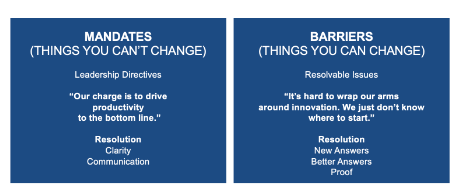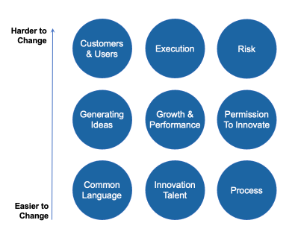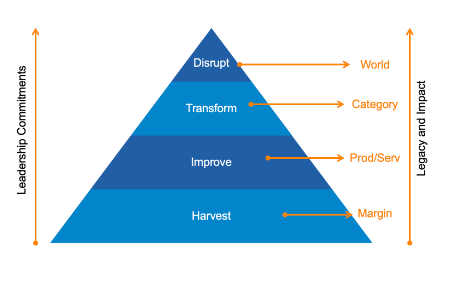Thinking Outside of the Cubicle: Unleashing Creative Genius at Work
Cultivating workplace creativity is no easy task. It is most stifled by a rigid organizational culture that discourages unconventional ideas or limits freedom of expression. But even if a business is totally on board to foster an environment that supports creative thinking, various factors can make it challenging to get to that state. These roadblocks might run from the pressures of meeting deadlines, achieving targets, and focusing on immediate outcomes to time constraints and very real fears of failure. Moreover, lack of adequate resources, limited opportunities for collaboration and brainstorming, and a lack of support from leaders can further hinder creative thinking.
So how do you get from wanting to encourage workplace creativity across teams to living those values? Promoting workplace creativity requires a conducive environment that values experimentation, encourages diverse perspectives, and provides the necessary resources and support. Your first step is to make making change the priority. And that’s where we come in
Team-Based Creativity
Team-Based Creativity is a five-session, hybrid training series that puts workplace creativity in the spotlight. The course covers topics such as building and fostering creative environments; building team trust; creating big future states; understanding cognitive diversity; developing disruptive ideas that lead to huge breakthroughs in innovation; and maintaining teams that operate at the highest levels of efficiency, collaboration, and creativity.
During the customized, collaborative series, participants will:
Understand the characteristics of high performance innovation teams
Learn how to recruit and develop the right talent for your innovation team
Develop a clear innovation strategy and identify areas for growth
Create an environment that fosters creativity and experimentation
Develop effective communication and conflict resolution skills
Learn best practices for managing innovation projects, including agile methodologies and design thinking
As with all of our training series, Team-Based Creativity is designed to equip you and your teams with the knowledge and skills necessary to foster a culture of innovation and help drive further growth within your organization. And, we do it all while having serious fun. An enjoyable, fun, and creative training environment creates a safe space where participants are encouraged to disregard any fears of making mistakes, in the name of collaboration and innovation. Engaging with our teams through thought-provoking, results-based, and fun training activities is what we’re all about. And, we’re here to provide that to you and your colleagues too.
All Aboard
We delivered dozens of Team-Based Creativity training sessions in 2023 and are offering a steep, one-time BOGO discount in the month of February for new clients ready to help ignite the creative process that drives innovation (and revenue) within their organization. Schedule a discovery call today to unlock the deal!
Intentional Innovation® Powered by Teaming Worldwide
Intentional Innovation® is a commercially-proven innovation operating system designed to simplify and implement higher-performing, longer-lasting solutions that drive market disruption, new revenue, and deeper customer engagement.
Ready to learn more about Intentional Innovation® and how Teaming Worldwide can help you solve your business’s most pressing innovation pain points? Let’s connect. Visit www.teamingworldwide.com/innovation to schedule a discovery call or email hello@teamingworldwide.com.











